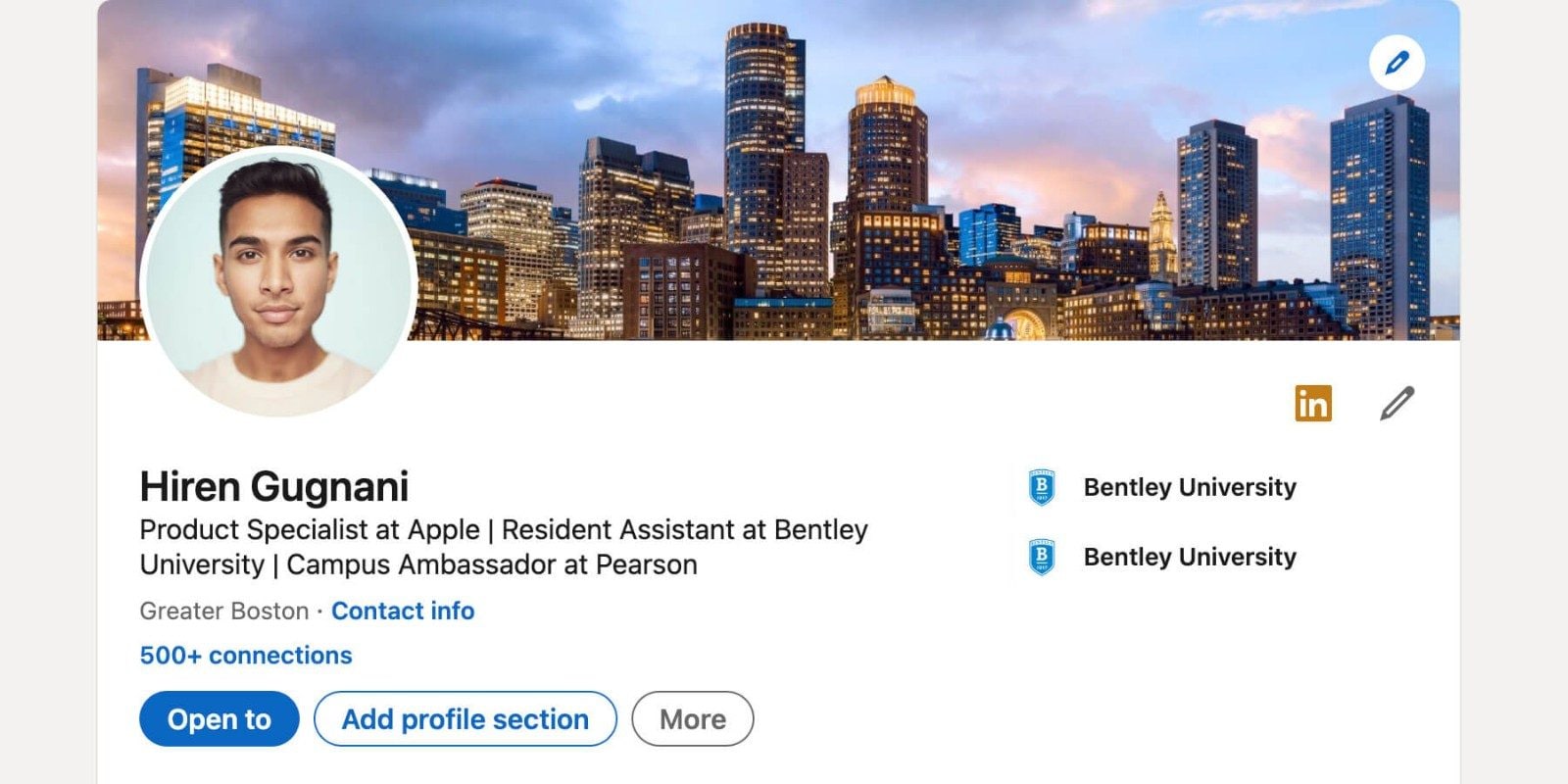Strategic Upskilling: Fueling Retention in the Age of Innovation


In the dynamic landscape of business, the evolution of skillsets plays a pivotal role in determining the success of companies. A key question arises: which types of roles are vital for your company's growth at this moment? Chances are, your team is encountering gaps in skills at multiple levels, and filling those skill gaps can give your company a competitive advantage.
Embracing a Skills-Based Approach
One significant shift that has garnered attention is the shift towards hiring based on skills rather than traditional metrics like degrees or job titles. Relying solely on academic credentials or past job positions no longer provides a comprehensive understanding of an individual's potential contribution to a team. It's crucial to consider a diverse range of skills – including soft skills, technical expertise, decision-making abilities, life experiences, and motivation levels.
A skills-based approach to talent development encompasses various formal and informal learning initiatives. These can range from strategic educational benefits to mentorship programs and experiential learning opportunities. Research from the Working Learners Index indicates that a staggering 90% of employees express willingness to remain with their employer if educational opportunities are provided as a benefit. Just envision the cost savings and productivity enhancements achievable with such a high retention rate!
Education and Skills Development without Interruptions
Turning vision into reality is exciting for everyone involved. Partners like GEDWorks™ and Accelerated Pathways can facilitate seamless education and skills development for employees without disrupting their careers. GEDWorks empowers individuals to attain their GED® high school equivalency credentials while continuing to work, while Accelerated Pathways offers flexible online higher education options ranging from Associate to Bachelor’s to Master's degrees and graduate certificates.
These programs revolutionize traditional education by meeting learners at their current life stage, thereby preparing them for future careers brimming with fulfillment and success.
Thriving in the Digital Economy
Innovation knows no bounds, especially when it comes to addressing the demands of the digital economy. Collaborating with pioneering entities like WithYouWithMe, we've introduced the GED Tech Apprenticeship™ Program. This initiative equips GED learners with globally accredited training in high-demand tech fields such as software development, cybersecurity, and data analytics.
For employers, this program presents an innovative and cost-effective solution to bridge skills gaps. By hiring pre-trained, entry-level candidates at minimal expense, businesses can address their talent needs efficiently.
Championing Bright Futures
In today's landscape, complacency is no longer an option. Every individual deserves access to education and multiple pathways to achieve their career aspirations. We must challenge the status quo and embrace diverse avenues to foster promising careers for ourselves, our employees, and future generations.
In conclusion, the paradigm shift towards skills-based hiring and education heralds a new era of business excellence. By prioritizing skills development, embracing innovative programs, and championing career pathways, businesses can thrive in the ever-evolving landscape of the modern economy.
Dive deeper on a quick call with an upskilling expert at Accelerated Pathways.
read more






